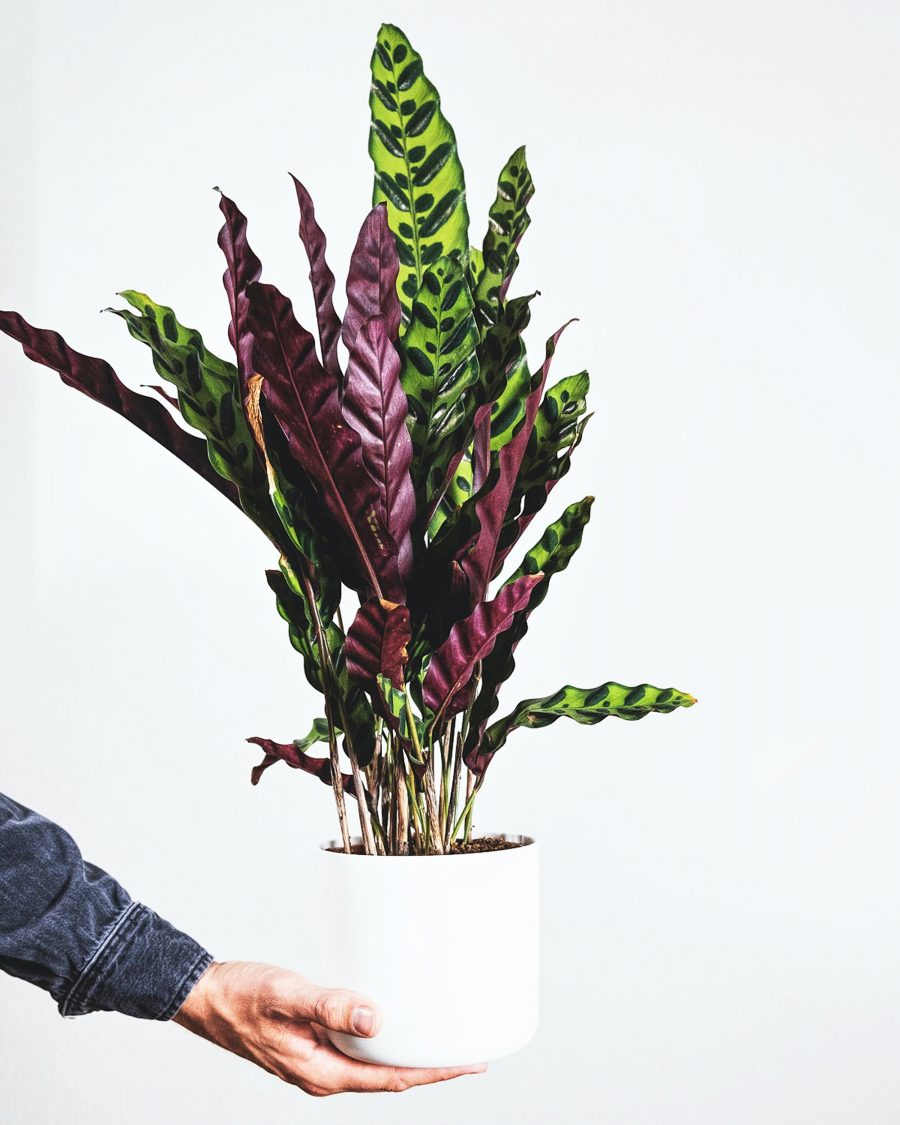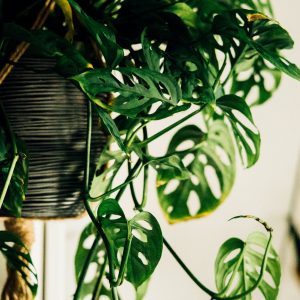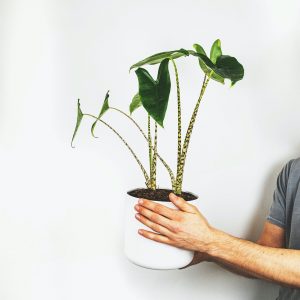Description
Light
Needs vary from shade to full sunlight, depending on the variety. Ask the grower or seller if the plant is sun-trained. Leaf color tends to be better among plants that grow best with more light.
Soil
Plant in loose, well-drained potting mix or a crumbly loamy soil. Allow the top few inches of soil to become nearly dry before watering. This will help keep the soil evenly moist. Soggy soil makes the plant susceptible to fungal infections.
Water
Keep Alocasia plants moist all year; they are water-loving plants. There is a fine line with these plants. You want to keep the soil moist, but not soggy. They require less water during the winter months because the plant is dormant.
Temperature and Humidity
Alocasias will suffer below 60 degrees Fahrenheit. Some varieties will die back during colder weather and re-sprout from the rhizome. They require and thrive in very humid environments. To raise the humidity around your plant, place it on a tray filled with pebbles and then add water until it rises to just below the bottom of the pot. Keep them away from cold drafts from windows, doors, and air conditioning.
Fertilizer
Alocasias can be heavy feeders, especially large specimens. Feed with liquid fertilizer during the growing season or frequent, small applications of granule fertilizer.
Potting and Repotting
Repot Alocasia varieties annually into larger pots with fresh, free-draining potting soil. Also, it’s best to divide the rhizome annually to keep the plant a manageable size and increase your collection.






Reviews
There are no reviews yet.